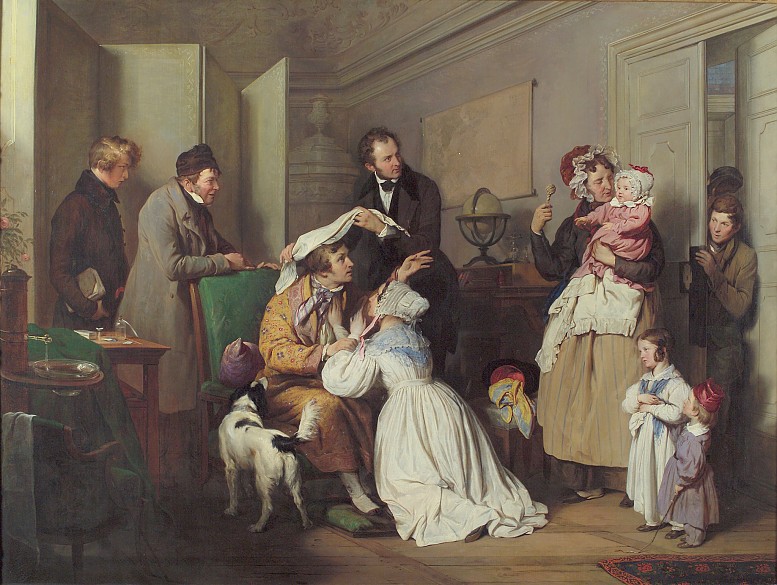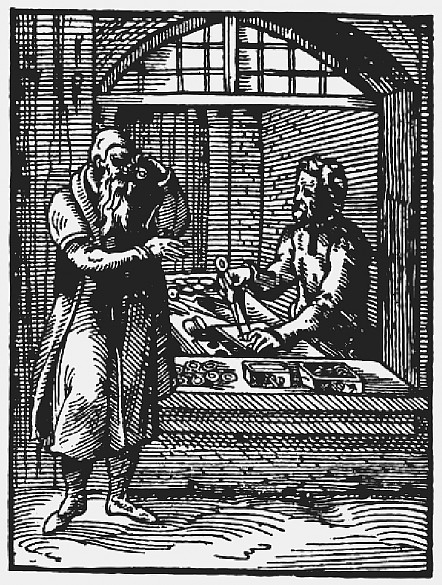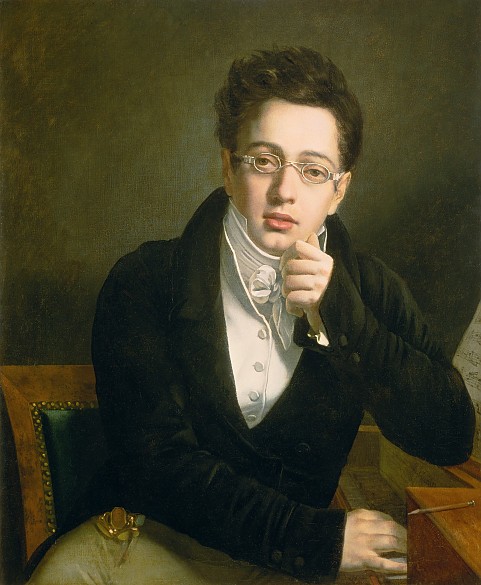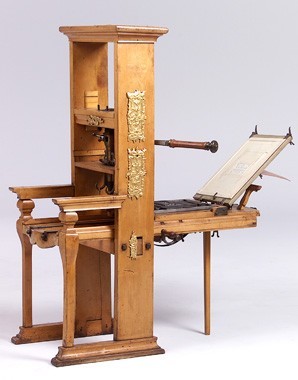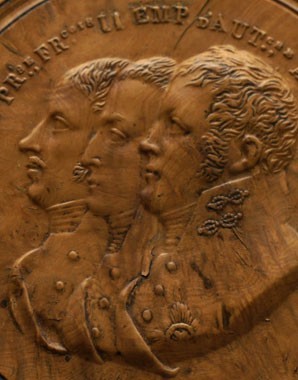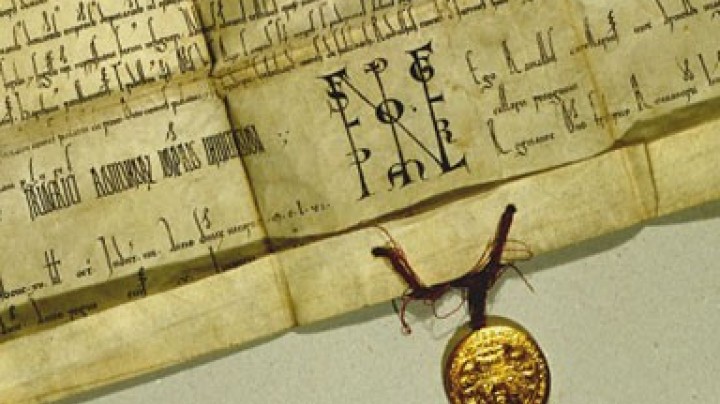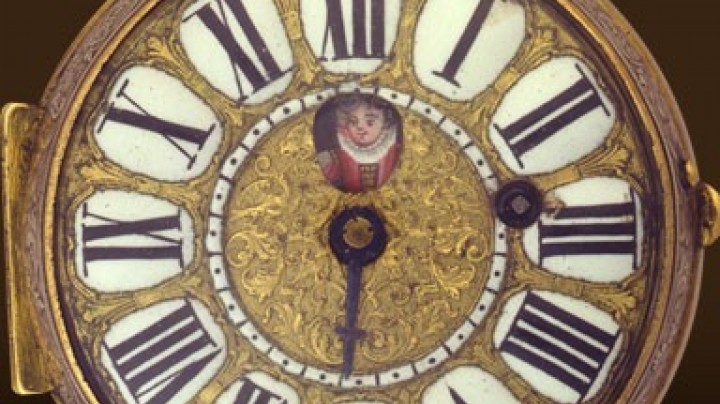Good sight – Spectacles are put on noses
Spectacles were regarded as an expression of intelligence and seriousness, but equally as a symbol of the devil. Whether as aids to vision or as fashionable accessories, today it is impossible to imagine life without them.
Monks in a monastery in the north of Italy around the year 1285 are supposed to have been the first people to wear spectacles. Even before that people with poor sight had used so-called reading stones in order to compensate for their defective vision. Reading stones were hemispherical convex lenses made of rock crystal, quartz or semi-precious stones; they were flat on one side and were laid with this side on the page. The earliest spectacles were rivet spectacles, with the frames of the two lenses being held together by a rivet or nail. Over the centuries craftsmen developed a wide range of models: next, from around 1400, came nose spectacles, with one-piece wire frames with round lenses, so-called Nuremberg-style nose spectacles, becoming popular around 1600. Then there were spectacles that could be fixed to caps or hats. All these early aids to vision were usually sold by travelling salesmen and pedlars. The type of spectacles most frequently used today, with the sides placed over the ears, so-called temple spectacles, were developed in the course of the eighteenth century. At the beginning of the nineteenth century the monocle was introduced, becoming very popular in diplomatic circles. By then special medical glasses were also in use, and later developments included protective spectacles for railway travellers.
In their early days spectacles could cause a sensation: when a bespectacled envoy from Padua appeared at the wedding of Guta Duchess of Austria in 1319 it is reported that there was general excitement among the guests. Later spectacles were associated with magic, so that jesters and demons were depicted wearing them. Then there were times when they were considered to be ugly and absurd: in the eighteenth century, for example, numerous ways were found to conceal them, at least when not in use, in rings, fans or perfume bottles. But spectacles were also widely used as a stylistic device by artists. In particular in the nineteenth century they were associated with intelligence.
